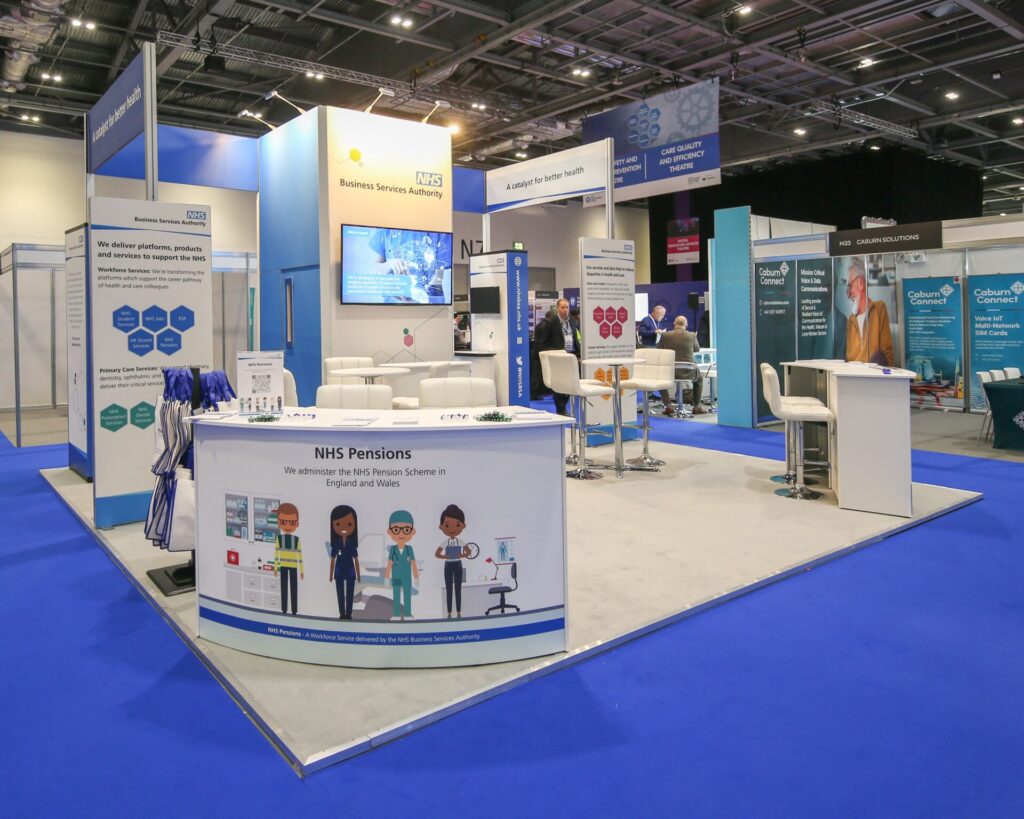Every pound counts. That’s true everywhere, but especially relevant in today’s competitive business environment, where success is measured by the figure on the bottom line.
Marketing managers are expected to produce more results with fewer resources, making it essential that every pound spent is being utilised to its best advantage. To be successful, upper management evaluates exhibitions and corporate events on their ability to produce a positive and measurable return.
Exhibitions have proven to be effective in achieving sales and marketing objectives, but they also command a significant share of the average marketing budget.
The fixed expenses related to exhibitions and events can be expensive. Exhibition space accounts for over 30% and show services require another 20% of the overall spend. So savvy managers are forced to look to the remaining variable expenses to save money: including staff travel and entertainment, promotion, and increasingly, display properties.
